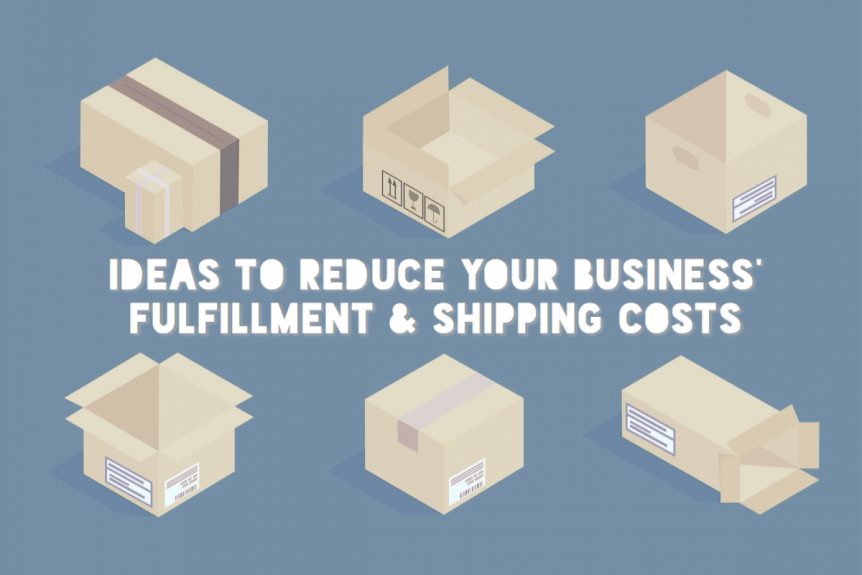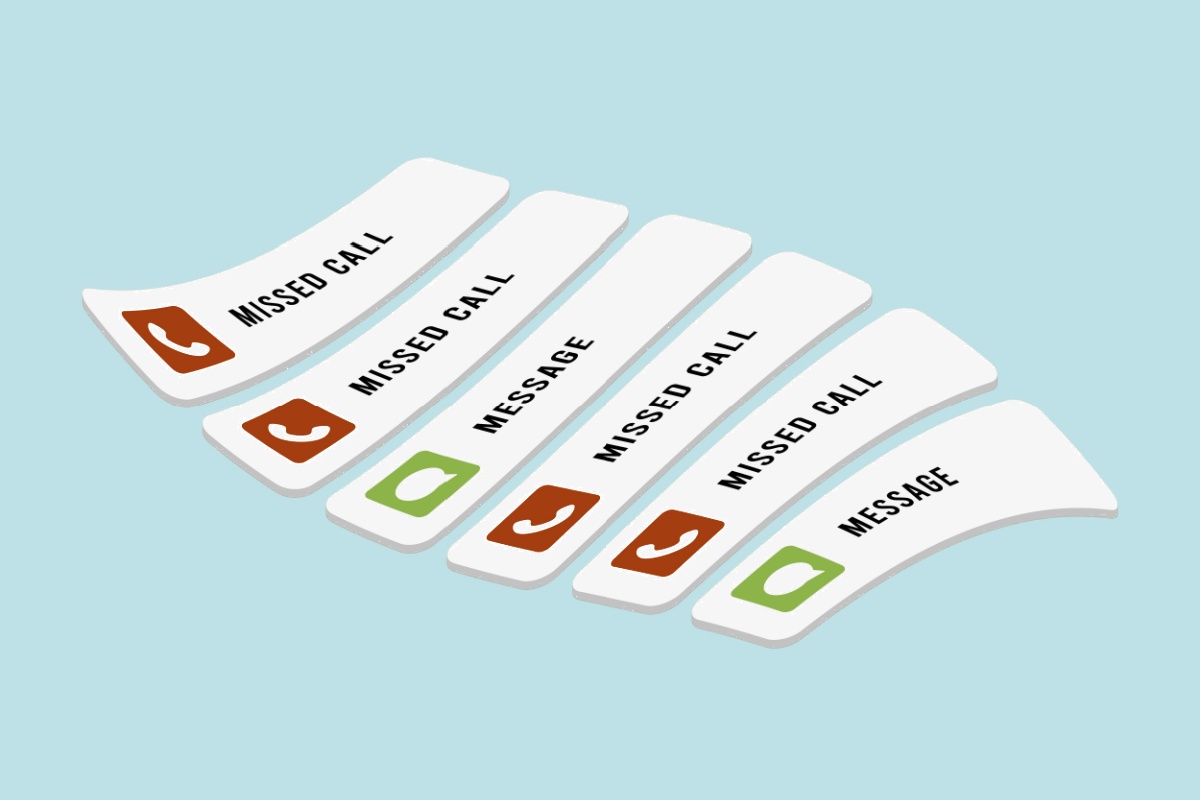With the many factors that contribute to devising a plan for fulfillment and distribution of your product, as cheaply and efficiently as possible, this can be a real challenge for businesses.
If you approach it with a keen eye for details and explore every option available to you, though, it’s completely feasible for you to find ways to reduce the cost of distribution and streamline the process to a high degree.
This post will give you factors to consider as you create a plan to manage your distribution; this doesn’t necessarily calculate specific costs for you. Here, we will provide 5 tips for factors and ideas that are good places to start for managing your fulfillment and shipping costs.
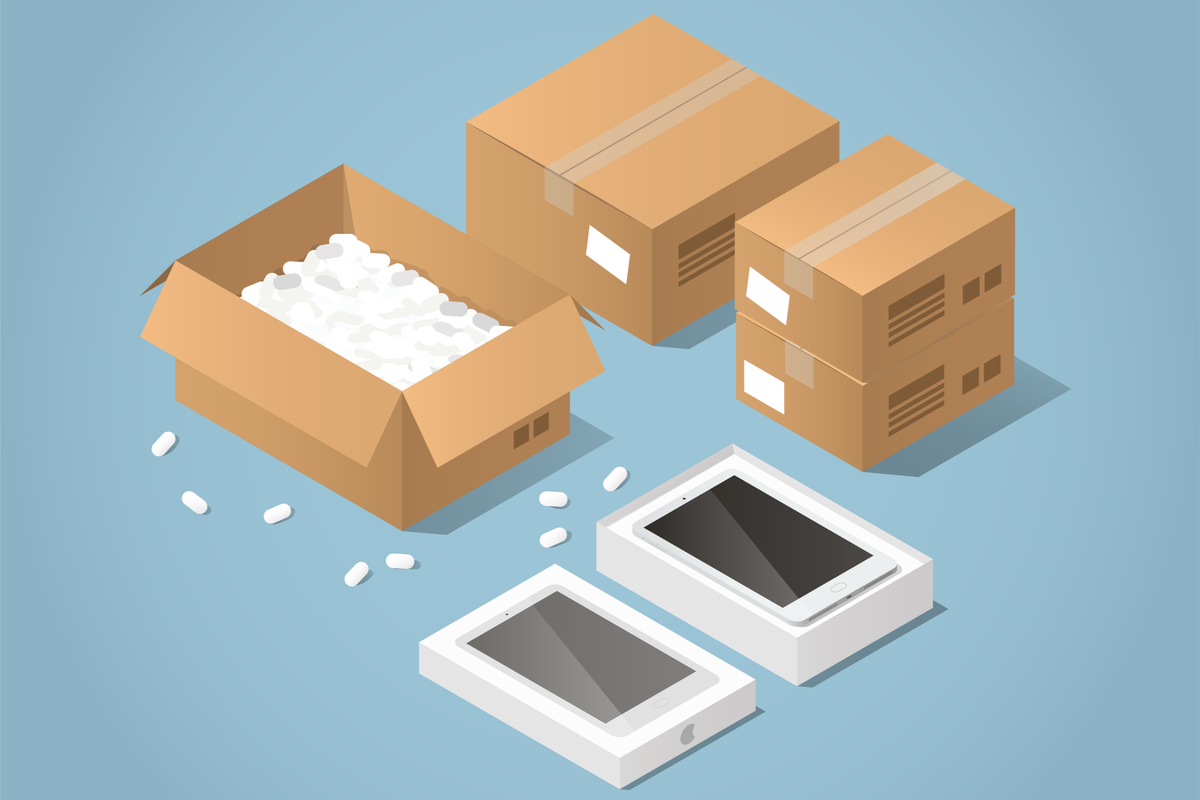
1. Large or Small-Scale Production & Shipping
The question is, how much space do you need to pack & store your product? Of course, the space required depends mainly on the amount of volume you’re working with, as well as other considerations for certain types of products.
Your business may need to do some assembly before you ship it out, it may be shipped in multiple pieces, or the items might be of a huge size. You might have a business that sells potentially hazardous or sensitive material which requires special equipment on site for packing.
Those are just some examples of things you will need to think about as you decide what kind of physical space you need to pack items before you send them out.
A small-scale space might only be a designated packing area on the premises in your office, which you might want to do if it’s feasible with your available time, staff, and space constraints in the office. A business that needs a large-scale packing facility is one that basically has too much product to contain in your regular office and is forced to stage, store, and pack it off-site, in a different building.
Just a side note, when you’re starting a new business with projections that say you’re going to have a high volume of orders right away, take a pause before you go ahead and buy a whole new building. It’s pretty tough to predict how your particular market is going to respond. Not to say that you won’t need all that extra space, but if it turns out that the number of orders you expected are not coming in, you just wasted a lot of money on the extra square footage.
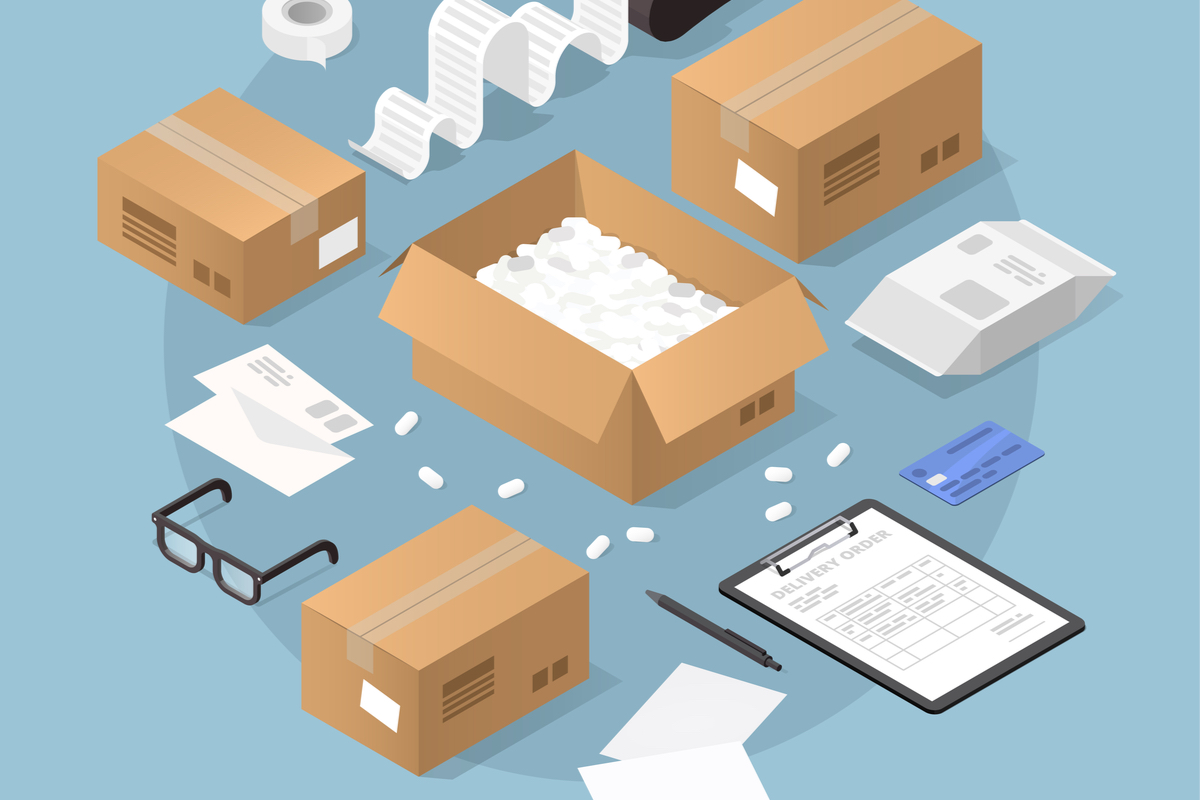
2. Explore Different Packing Materials
For the packaging of your product, there are now a ton of materials available due to the staggering amount of physical items that are being shipped every day for all kinds of companies. Depending on a number of factors, including things like the image your company needs to show in the way it is packaged, or the type of product you’re shipping, you will need to decide if high-quality packing materials are necessary.
You might easily be able to choose a lower grade or different kind of material to save a great deal of money. That would involve a trade-off which your company has to consider for itself.
Remember that all of it is completely in your control; there’s no law that says you have to use a certain packing material (with the exception of regulated items like corrosive or flammable liquids, and other similar items). If you automatically assumed that you were going to pack everything in normal boxes, don’t jump into that decision.
You might be able to get away with using bags or padded envelopes, instead, which can be a lot cheaper, depending on your supplier. Do you really need insulated, waterproof, or weather-proof packing materials? Every detail can potentially save you money, down to the smallest thing. Take a close look at all the packing materials you’re using because you can cut costs in this area, in the same way that you choose one brand of sticky notes over another for the office.
You can ship your items in cardboard boxes, or you can use sealed bags. You can pack everything in styrofoam peanuts, paper, or bubble wrap. You might even save a few cents per unit with a different kind of packing tape.
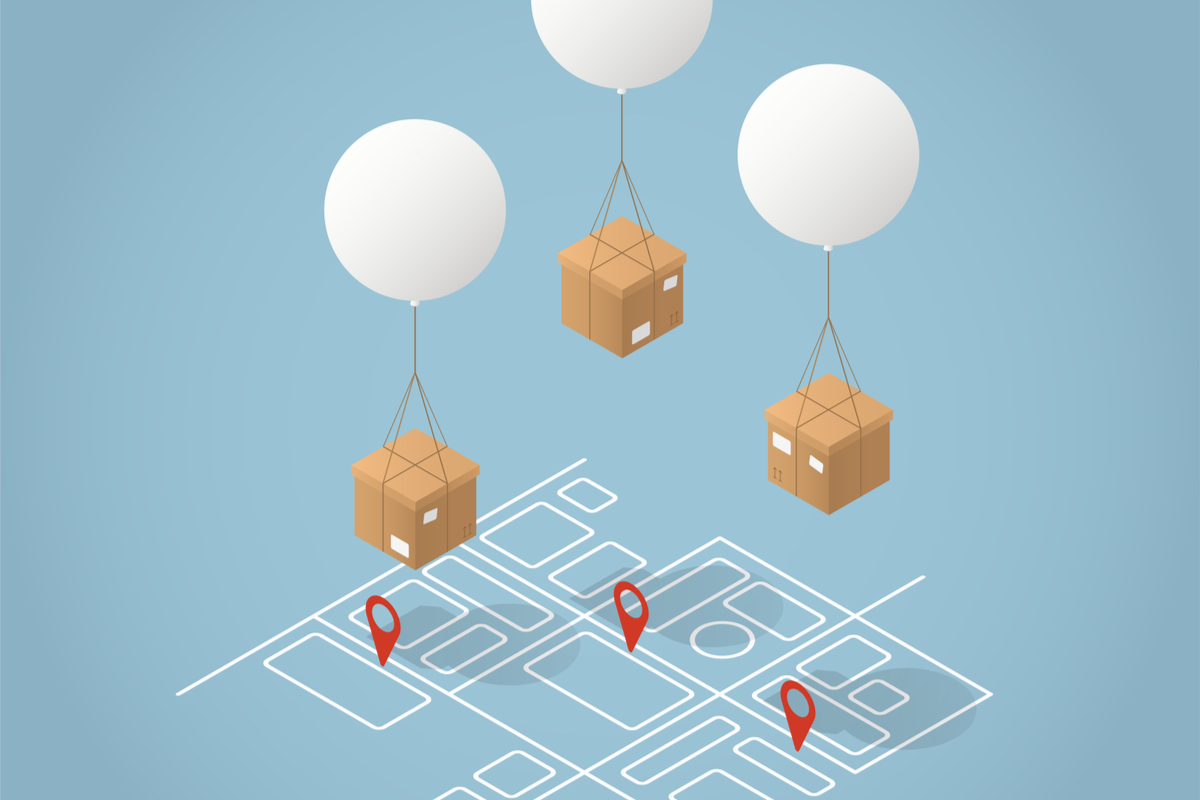
3. Using Multiple Shipping Carriers
It’s really easy to use only one carrier like UPS, but using multiple carriers for different purposes or at different times can save money. This is a possible way to reduce your cost, but it’s definitely a good idea to make sure it’s the best way to organize your shipping strategy.
There’s a chance that committing to one carrier for all of your product shipping could end up being more cost-effective due to loyalty programs with that carrier and other benefits. Usually, though, switching between shipping carriers gives you a cost advantage because they’re obviously not all standardized regarding pricing.
One carrier might charge more for a certain size or type of product, for example. You might find that one carrier may charge less for the same unit than another carrier, for a specific time when you are shipping that unit. This especially comes into play during holidays. Hazardous materials and specialty items are also a factor when choosing the best carrier because they can have differing costs for this, as well.
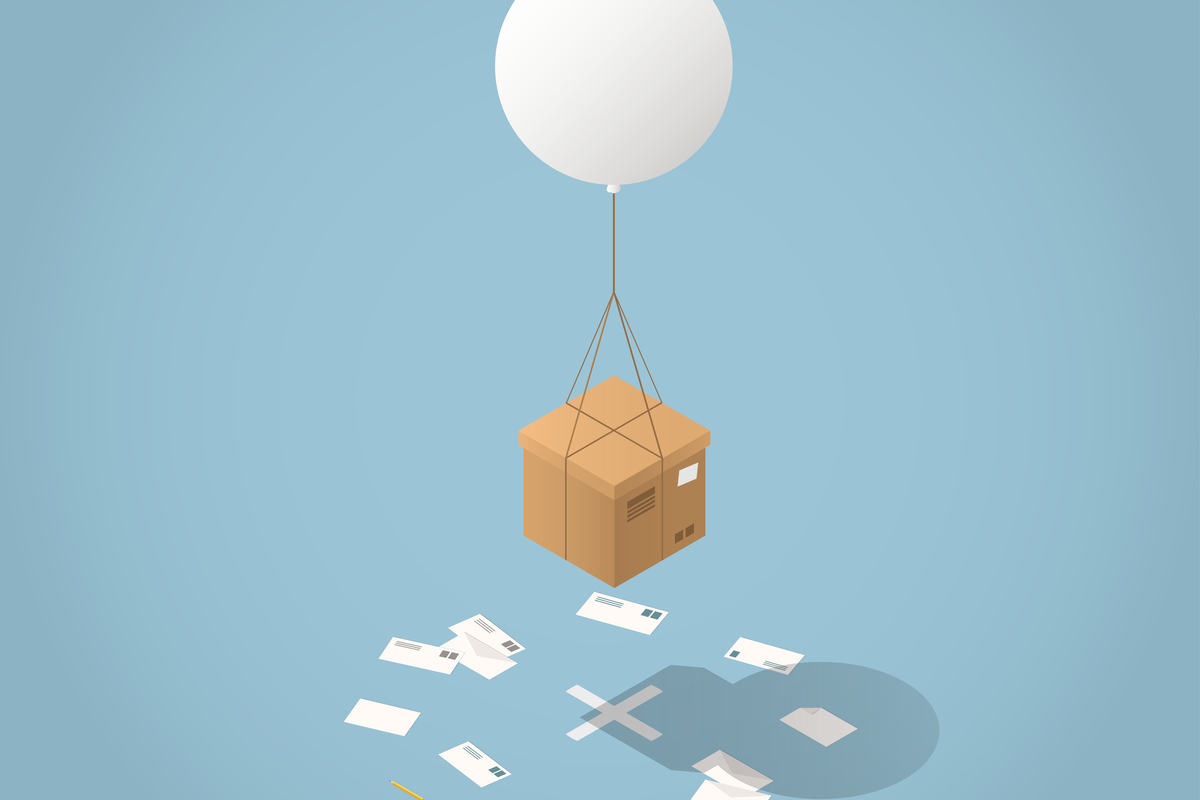
4. Cost of Rush Delivery or Other Methods
This has always been a dilemma for small businesses because while rush delivery can be a greater expense to you, if you don’t offer it for customers who really want it, that could result in lost sales.
One option that you can consider is to offer rush delivery, but pass the full cost of that shipping method on to the customer. More times than not, they will be happy to pay for it if they need an item delivered immediately. If you don’t want to make them pay the full amount for rush delivery, then you can discount it slightly and absorb the additional cost.
The best thing you can do to figure out how your business will handle rush delivery is to look at your metrics over the course of a couple of months, paying close attention to abandoned carts during checkout at the point when they chose a shipping method, as well as looking at how many of your customers actually want to rush it in the first place.
You can always remove it completely from the equation if you want and decline to offer rush delivery at all; or, offer a shipping method that’s a little faster than standard. It’s always good to offer customers a few options if you can.

5. Hiring a Distribution Manager
If you’re just starting out, then this may be for a later stage as you grow, and again, you would need to do the math to see if this is a cost-effective move for your small business. Speaking of which, if you already have personnel who manages distribution for the company, then take another look now to see if their salary might be an unnecessary cost at this particular stage.
The salary of a distribution manager is also, of course, included in your cost of distribution, which is why it makes sense to include it in your assessment of distribution cost, as a whole. There are definitely advantages to having this person on staff.
Since it’s their job to streamline shipping operations for your company and run it efficiently, they can find ways to lower your distribution cost, overall. It might be worth their salary to have them making sure everything runs well and as cheaply as possible within given parameters. Another great benefit this manager can bring is that they will reduce costly mistakes with shipping and related areas.
Fulfillment and shipping involves a lot of steps and quite a few different factors. To reduce your cost in this department means you’ll need to look at packing all of your products, storage and staging space, shipping carriers, packing and distribution personnel, the salaries of those people, and the time it takes to do all of that, among other factors.
To approach the process of streamlining the entire process and saving as much money as you can, start with these 5 elements. Then, the best way to continue from there is to decide what you absolutely need and what you can’t do without. It’s always a good idea to put quality first every step of the way, but that doesn’t mean that you have to pay a premium in every area.

Stephanie
Stephanie is the Marketing Director at Talkroute and has been featured in Forbes, Inc, and Entrepreneur as a leading authority on business and telecommunications.
Stephanie is also the chief editor and contributing author for the Talkroute blog helping more than 200k entrepreneurs to start, run, and grow their businesses.
